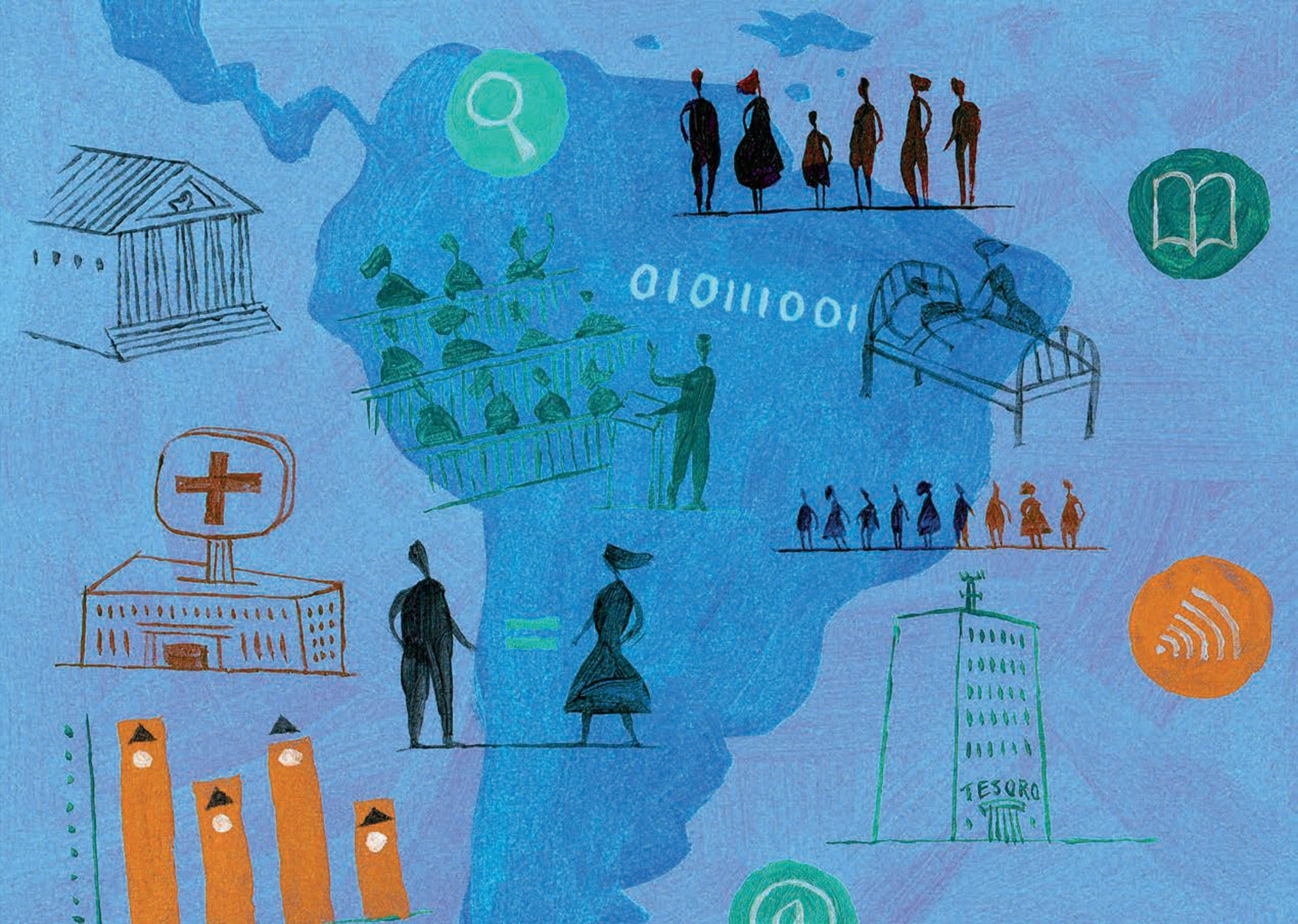Governments spend money in providing goods and services to the population, some of which are its exclusive competence (e.g. administering justice), and on redistributing income (e.g. via social benefits and subsidies). Government expenditures are usually less flexible than revenues as they are less sensitive to the business cycle and reflect past and current policy decisions guaranteeing entitlements and rights.
In 2018, on average in LAC, governments spent 31.2% of GDP, which represents an increase of 2 p.p. since 2007. Although LAC countries spent remarkably less than OECD countries -whose expenditures reached 40.3% of GDP, on average, in 2017-, they had a larger increase in the period under analysis (OECD countries spent 1.3 p.p. more than they did in 2007). This is driven by increased expenditures in the majority of the countries, some of them whose revenues decreased in the same period, such as Bolivia, Chile, Costa Rica and Peru (see Section 2.4). Several LAC countries established new welfare policies (e.g. conditional cash transfers, subsidies) in a period of comparatively high rates of economic growth and high commodity prices, whose continuity might be challenged in the current prospect of low economic growth.
There are large variations among countries in LAC in terms of expenditures. For instance, Argentina (38.9% of GDP), Brazil (38.5%), Bolivia and Ecuador (37.1% each) have the highest expenditures and are closer to the OECD average. On the contrary, Guatemala (12.3%) and Dominican Republic (16.5%) spend around half of the LAC average.
Compared with 2007, expenditures increased the most in Ecuador (12.9 p.p.), Argentina (9.4 p.p.) and Suriname (7.1 p.p.). In the case of Suriname, the increase is due to the size and growth of public employment, and the electricity and fuel subsidies, among others (Stone et al, 2016). By contrast, Barbados (-2.7 p.p.), Guatemala (-2.0 p.p.) and Jamaica (-1.9 p.p.) are the ones that decreased their expenditures the most, due to high levels of debt or slow economic growth.
Expenditures per capita provide an alternative way of interpreting government expenditures. In per capita terms, LAC countries spent, on average, USD 5 138 PPP in 2017. When comparing with OECD countries, whose expenditures amount to USD 19 227 PPP on average, LAC countries spend around a quarter in per capita terms. Trinidad and Tobago is the country that spends the most (USD 10 071 PPP), followed by Argentina (USD 7 993 PPP), whereas Guatemala (USD 1 041 PPP) and Haiti (USD 359 PPP) spent the least in the region.
Between 2007 and 2018, the annual average growth rate of real government spending per capita was 1.7% per year across LAC countries compared to an increase of 1.1% in OECD countries. Ecuador, Paraguay and Peru increased their real government expenditures per capita the most since 2007 (5% or above), whereas decreases of at least 1% per year where recorded for Jamaica and Barbados over the same period.



